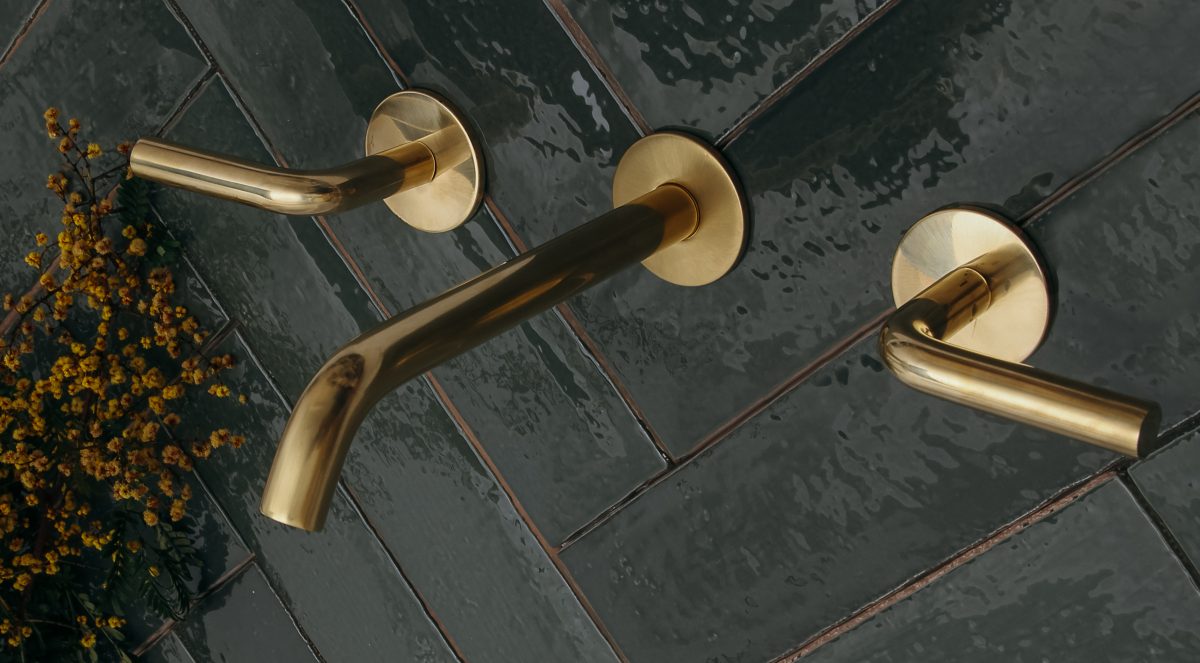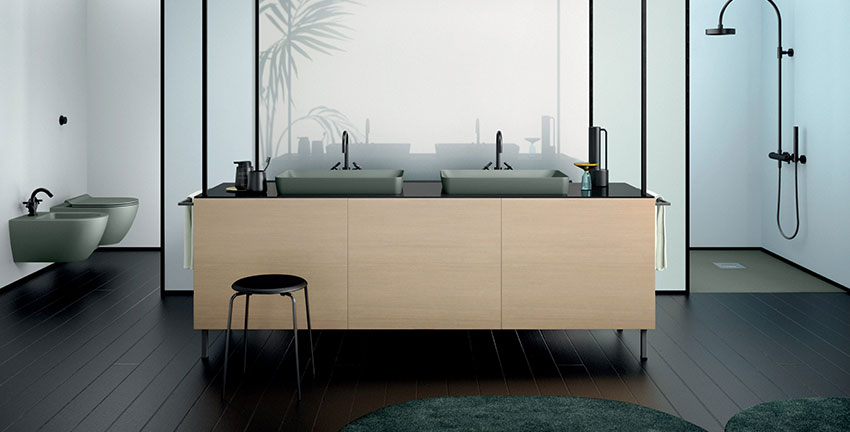4 Ways to Warm up Your Bathroom
1 July 2021
While our temperatures may not be as cold as other places around the world, bathrooms are one area of the home where we like to be warm, especially in winter!
Whether you’re stepping out of the bath or shower, prepping for the day or pampering yourself, you want to be comfortable and cosy.
Here are four ways you can take the chill out of your bathroom.
Heated Towel Rails
Heated towel rails have gained increasing popularity in recent years. Not only reserved for luxury bathrooms, they have become a staple for modern bathrooms in Australia. Designed to keep your towels soft, dry and warm, they also have the added benefit of helping to keep your bathroom more temperate and reduce condensation.
The type and style of heated rail you choose will depend on whether you are building or renovating.
The traditional ladder rails come in different styles and lots of sizes. We favour stainless steel models that use dry elements to heat the air inside rails with one continuous element (designed to last about thirty years!). Stainless steel is durable and allows for round or square tube shapes with no visible welding. Ladder rails can either be hard-wired or come with a plug-in cord.
Modular towel rails are ideal for a more contemporary décor. They are simple in design and have no side rails to heat, which helps to save energy. The round or rectangular variants will reach optimal temperature when covered by a towel.
Most of our heated towel rails also come in a range of colour finishes, making them a design feature as well as functional.
See our range of heated towel rails
Infrared Heat Panels
Want to experience the same feeling of warmth as the winter sun on your face? Well, infrared heaters are the answer.
They work be converting electricity into radiant heat, the most basic form of heating known to humans. Infrared is the direct transfer of heat from the heater to the object without heating the air in between. It’s 100 per cent safe, energy efficient and natural (it is the same heat humans emit).
Herschel infrared directly heats the walls, floor and ceiling of a room (the ‘thermal mass’). Once the thermal mass is warm, the area retains the heat for a period of time, so the heater only needs to be on to top up.
Because they do not heat the air, they typically only need 25 watts per m3 (compared to 40 watts per m3 of convection heaters). Plus, radiant heat has a higher rate of heat transfer per kilowatt than convection, so you need less of it.
Convection heaters warm the air, making perfect conditions for condensation and a breeding ground for mould, fungus and other bacteria. Whereas an environment warmed by Infrared is beneficial for health.
Because water absorbs infrared well, it eliminates dampness in bathrooms and reverses the conditions necessary for more damp to form.
Infrared is also non-convective, meaning it does not create air flows within a house that carry dust, pollen and allergens around (unlike convection heaters).
Herschel infrared heat panels are a recent addition to our product offering. They are available in white aluminium panels, mirrors and panels with towel rails, allowing for the use of infrared radiant heating in a stylish, comfortable and highly controllable way.
Combination Heat and Exhaust Fans
You have probably seen the bulbous heat lamps in bathrooms that are an interior designer’s nightmare – even if they are only on the ceiling!
Well, nowadays, we are pleased to say there are much more attractive options.
Combination units, sometimes called 3-in-1 bathroom heaters, have a heat lamp, exhaust (or extraction) fan and lighting in one unit. These make for a more discrete design and take up less space.
The focus for these units is generally on the ventilation operation, crucial for removing stale air and minimising condensation. But if your bathroom design does not allow for heated towel rails or panels, this is an ideal solution to combat a cold bathroom.
Whether you’re considering a complete bathroom renovation or looking to update your existing unit, your choice of unit will be determined not only by the style, but also efficiency and effectiveness of all three functions.
The 3-in-1 bathroom heaters are also a good option if you want some warmth but are not doing a complete bathroom renovation, because they are easier to install.
Underfloor Heating
For people in the UK and Europe, underfloor heating is not only desirable, it is a necessity.
While not needed as much in Australia, it is worth considering this heating option if you live in a particularly cold region or feel the cold a lot. Tiles are also one of the coldest flooring surfaces so it makes sense to have underfloor heating in the bathroom.
An electric underfloor heating system provides an energy efficient, on demand heating system as well as interior design flexibility because it is ‘invisible’ in the finished bathroom decor.
High quality underfloor heating systems are safe to install in a bathroom. As an example, the Thermonet system is protected to IP68 standards which means it can be placed in zone 1 of a bathroom with no issues.
When installed in the slab or screed layer, underfloor heating is suitable for most floor finishes, subject to manufacturers guidelines on maximum floor temperatures.
The running costs for underfloor heating will vary depending on the system, type of flooring and the level of insulation below the heating system. However, covering at least 80% of the floor area with underfloor heating, means it can serve as the primary heat source in the room.
Underfloor heating can be installed by the electrician, tiler, builder or even the home owner, however, the testing and wiring must be carried out by a qualified electrician. And, if your worried about maintenance, don’t be. An electric underfloor heating system does not have any parts that require maintenance.
For more information about heating your bathroom, contact us or visit our showroom.



